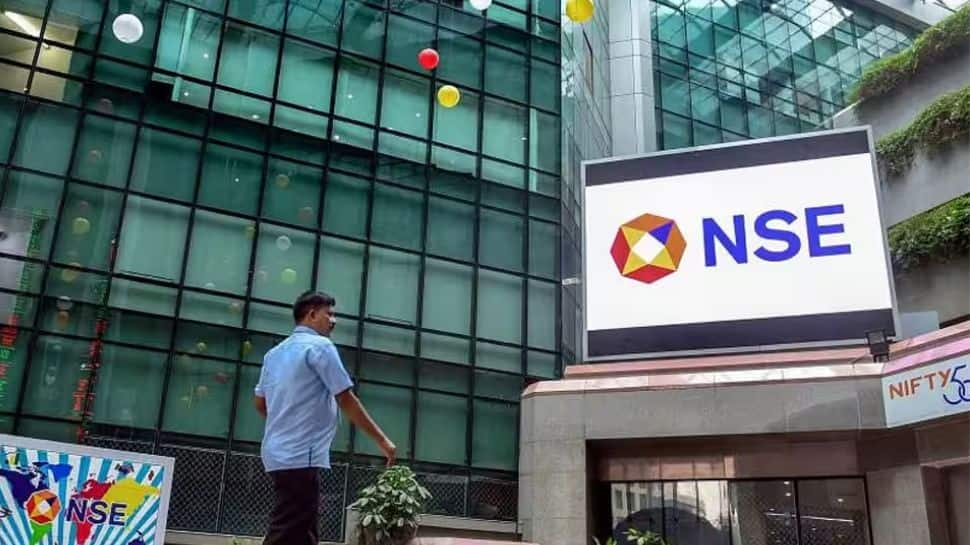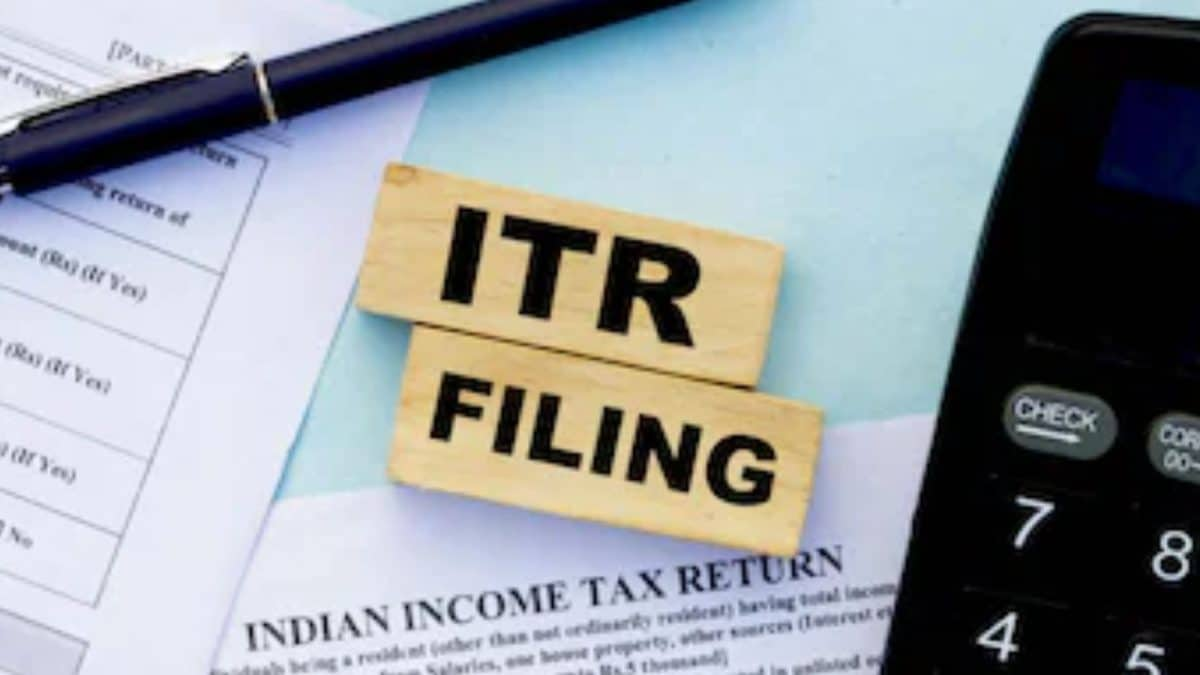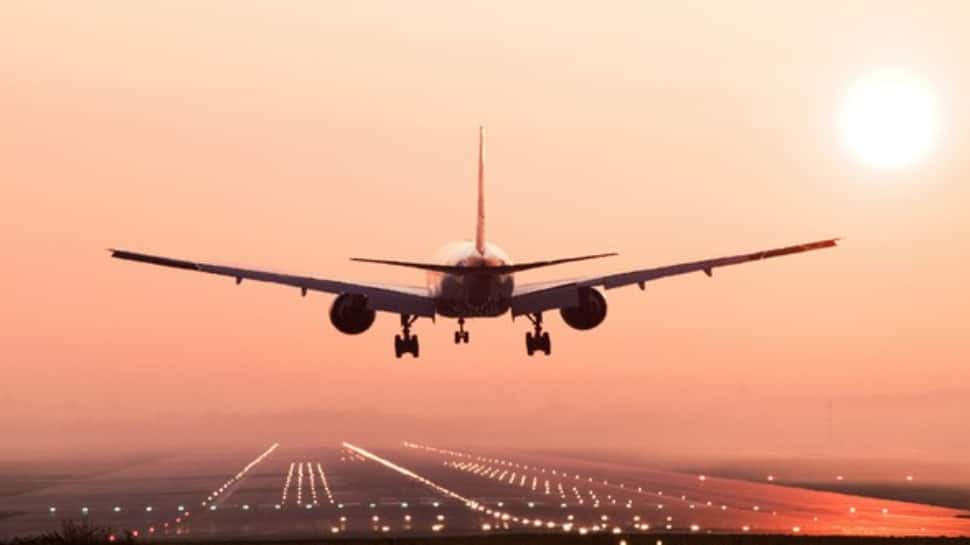Business
Indias Forex Reserves Rise $3.5 Billion To $694.2 Billion In Latest Week, Supported By Foreign Currency Assets, Gold

New Delhi: India’s foreign exchange reserves rose by USD 3.5 billion in the week that ended August 29 to USD 694.230 billion, driven largely by a rise in foreign currency assets and gold, the Reserve Bank of India (RBI) said in its latest ‘Weekly Statistical Supplement’.
The country’s forex kitty is hovering close to its all-time high of USD 704.89 billion touched in September 2024. For the reported week, India’s foreign currency assets (FCA), the largest component of foreign exchange reserves, stood at USD 583.937 billion, a rise of USD 1.7 billion.
The RBI data showed that the gold reserves currently amount to USD 86.769 billion, witnessing a rise of USD 1.8 billion. After the latest monetary policy review meeting, RBI Governor Sanjay Malhotra said the foreign exchange kitty was sufficient to meet 11 months of the country’s imports.
In 2023, India added around USD 58 billion to its foreign exchange reserves, contrasting with a cumulative decline of USD 71 billion in 2022. In 2024, the reserves rose by a little over USD 20 billion. So far in 2025, the forex kitty has cumulatively increased by about USD 53 billion, according to data.
Foreign exchange reserves, or FX reserves, are assets held by a nation’s central bank or monetary authority, primarily in reserve currencies such as the US Dollar, with smaller portions in the Euro, Japanese Yen, and Pound Sterling.
The RBI often intervenes by managing liquidity, including selling dollars, to prevent steep depreciation of the rupee. The RBI strategically buys dollars when the Rupee is strong and sells when it weakens.
Business
Nifty 50, Nifty Midcap 150 Emerge As Top Indices In November: Report

New Delhi: Nifty 50 and Nifty Midcap 150 emerged as best-performing indices in November, with a growth of 1.87 per cent and 1.59 per cent, respectively, a report said on Saturday. Meanwhile, Nifty 50 outperformed with a return of 7.27 per cent, 5.87 per cent, and 8.59 per cent over the last 3 months, 6 months, and 1-year period, respectively.
At the same time, the Nifty Midcap 150 continued to show steady traction with gains of 7.93 per cent, 6.01 per cent, and 7.12 per cent across the same 3-month, 6-month, and 1-year periods, Motilal Oswal Mutual Fund said in its report.
The broader market also delivered healthy gains, with the Nifty 500 gaining 0.94 per cent in the previous month, with large and midcap stocks up about 1-2 per cent and smallcaps corrected by around 1-3 per cent. Over the last 3 months, 6 months, and 1 year, the index has consecutively given positive returns of 6.55 per cent, 4.96 per cent and 5.94 per cent, the report noted.
The Nifty Smallcap 250 Index showed mixed momentum, declining 3.36 per cent during the month, while recording a moderate 1.37 per cent gain over the past 3 months. However, returns remained subdued over longer periods, with the index slipping 0.60 per cent over 6 months and 5.55 per cent over the 1-year horizon.
The Nifty Microcap 250 Index also reflected volatility, registering a 2.83 per cent decline in November. According to the report, the Nifty Next 50 Index ended the month with a marginal decline of 0.98 per cent but maintained positive momentum over the medium term with gains of 5.16 over 3 months and 3.56 per cent over 6 months, while delivering −2.25 per cent over the 1 year.
Sector performance remained mixed with IT delivering an increase of 4.74 per cent, Auto 3.60 per cent, Banks 3.42 per cent and Healthcare 2.30 per cent in November. The Defence sector delivered the strongest annual performance with an impressive 19.43 per cent return, emerging as the best-performing segment over the year.
The Auto sector followed closely at 18.85 per cent, the Banking sector also posted a healthy 14.79 per cent gain, and Metals also recorded a strong 13.94 per cent. Healthcare generated 6.40 per cent, indicating steady but moderate expansion.
Realty, on the other hand, slipped further by 4.69 per cent in November and 11.47 per cent in the past year. The broader trend shows a 1–4 per cent decline across these segments during November, reflecting sector-specific pressures and profit-taking after earlier rallies, the report highlighted.
Business
Income Tax Department cautions taxpayers against rise in fake emails, SMS scams – The Times of India

NEW DELHI: The Income Tax Department has issued a public advisory cautioning taxpayers, especially senior citizens, against fraudulent emails, SMS messages, and websites impersonating the Department to steal personal and financial information.In an official awareness message shared by the Income Tax Department, Government of India, on X, taxpayers have been urged to remain vigilant and verify the authenticity of all communications claiming to be from tax authorities.Fraudsters, the Department warned, are increasingly using fake sender IDs, misleading links and look-alike websites to trick individuals into revealing sensitive details such as PAN numbers, passwords and one-time passwords (OTPs).The Department has reiterated that taxpayers should access tax-related services only through the official portal https://www.incometax.gov.in.Any other website resembling the official domain–such as variations using “efiling” or altered spellings–should be treated as suspicious.“Think Twice, Act Wise,” the advisory reads, emphasising that the Income Tax Department never asks for OTPs, passwords or confidential personal information via email, SMS or phone calls. Taxpayers are advised to always check the sender’s email address and website domain carefully before clicking on any link.To strengthen public awareness, the Department has also encouraged citizens to report suspicious activity. Suspected phishing emails can be forwarded to webmanager@incometax.gov.in, with a copy marked to incident@cert-in.org.in, the national cyber incident response agency.For assistance, taxpayers may also contact the official helpdesk at 1800 103 0025 or 080 46122000.The campaign is part of the government’s broader effort to promote cyber hygiene and protect citizens from digital fraud, particularly vulnerable groups such as senior citizens. The Income Tax Department has urged people to share the message widely to safeguard family members and loved ones.“Think before you click–stay tax smart, stay safe,” the Income Tax Department advised, reinforcing that awareness and caution remain the strongest defences against online tax scams. (ANI)
Business
Refund Delay 2025: A Step-By-Step Guide To Check Income Tax Payout Status

Last Updated:
The income tax department is analysing certain refund claims flagged by the system, either because they were “high-value” or due to deductions that required deeper scrutiny.

Income Tax Refund Delay.
Even as the income tax department ups its ante against the fake deductions, a section of taxpayers are still awaiting their tax return for this year. The refund delay 2025 comes even as the department is scrutinising bogus tax claims “red-flagged” by the system. Ravi Agrawal, chairman of the Central Board of Direct Taxation (CBDT), has said that the refunds would be cleared in December.
In November, the CBDT chairman said the department was analysing certain refund claims flagged by the system, either because they were “high-value” or due to deductions that required deeper scrutiny. He added that taxpayers have been advised to “file a revised return” wherever discrepancies exist.
When are income tax refunds usually issued?
Refund processing begins only after an ITR is successfully e-verified. Once that is done, the income tax department generally credits the refund within four to five weeks, as per the department’s guidelines.
This timeline is followed in most cases. When delays occur, they typically stem from common issues such as:
• An unvalidated bank account (mandatory for receiving refunds)
• An incorrect or inactive IFSC code
• A mismatch between the taxpayer’s name and the PAN details
• A discrepancy between the ITR and data in Form 26AS or the AIS
Missing an email or notification seeking clarification can also pause processing entirely.
How to check your income tax refund status
The refund status can be tracked anytime through the income tax portal. Here’s the step-by-step process:
Visit the portal at: eportal.incometax.gov.in/iec/foservices/.
Go to the e-Filing homepage.
Log in using your user ID and password.
Navigate to: e-File → Income Tax Returns → View Filed Returns
Select the relevant assessment year and click View Details.
This page will show whether your refund has been issued, is under review, or is pending due to additional information required.
Why are ITR refunds delayed in 2025?
Most delays arise from banking or identity-related discrepancies — wrong bank account numbers, invalid IFSC codes, unvalidated accounts, or PAN-Aadhaar linkage issues.
Refunds are also held back when deductions appear inaccurate or require supporting documentation. In such cases, the system routes the return for additional checks.
Mismatches between Form 16, Form 26AS and the AIS are another common trigger. Returns pulled into manual verification naturally take longer to process.
For a majority of taxpayers, refunds arrive within the usual four-five weeks. For others, the processing time depends on how quickly verification, bank detail correction, or responses to notices are completed. Ensuring that all records match and regularly checking the portal remain the easiest ways to avoid further delay.
December 13, 2025, 15:46 IST
Read More
-

 Politics6 days ago
Politics6 days agoThailand launches air strikes against Cambodian military: army
-

 Sports1 week ago
Sports1 week agoAustralia take control of second Ashes Test | The Express Tribune
-

 Politics7 days ago
Politics7 days ago17 found dead in migrant vessel off Crete: coastguard
-

 Fashion5 days ago
Fashion5 days agoGermany’s LuxExperience appoints Francis Belin as new CEO of Mytheresa
-

 Tech1 week ago
Tech1 week agoWIRED Roundup: DOGE Isn’t Dead, Facebook Dating Is Real, and Amazon’s AI Ambitions
-

 Politics6 days ago
Politics6 days agoZelenskiy says Ukraine’s peace talks with US constructive but not easy
-

 Politics1 week ago
Politics1 week agoIndia and Russia set for major trade discussions today
-

 Tech1 week ago
Tech1 week agoMIT researchers “speak objects into existence” using AI and robotics














